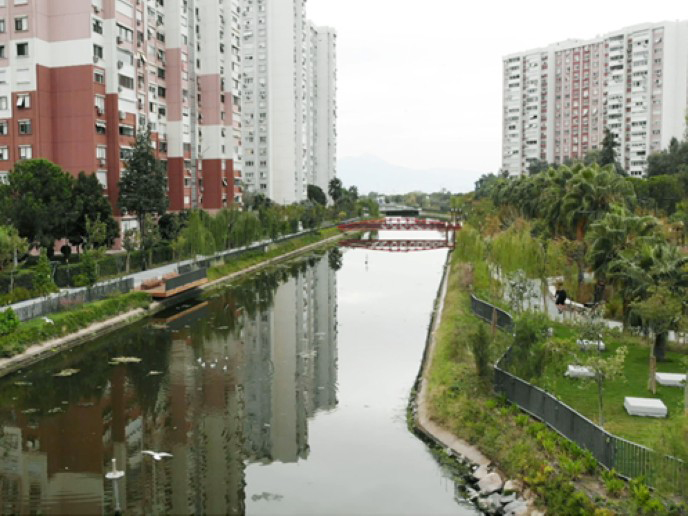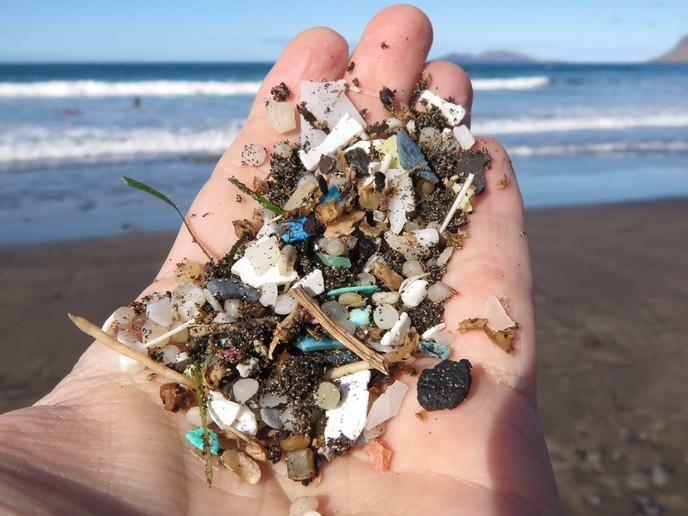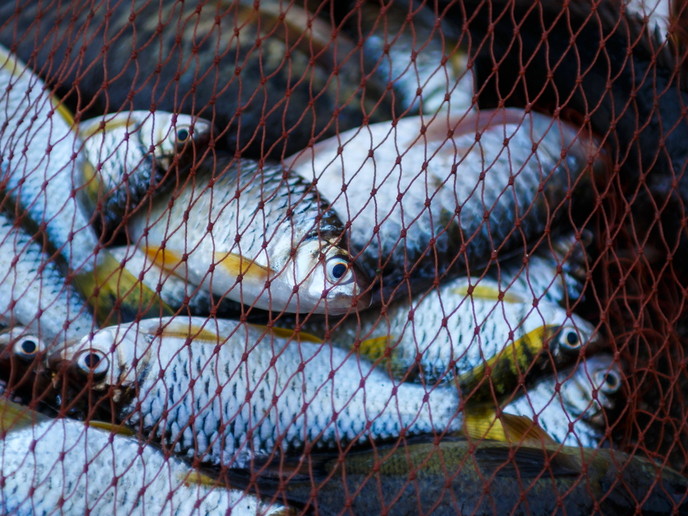Ecosystem value to innovative water technologies demonstrated
The DESSIN project developed a method for determining the value of new approaches to address water scarcity and water quality challenges. The DESSIN methodology for valuation of Ecosystem Services (ESS) can identify and quantify the benefits that human society freely gains from the natural environment, such as the provision of water for irrigation, and how this can be improved by new technologies or measures. DESSIN has also tested specific technology solutions to tackle water scarcity and water quality challenges at five sites in Europe, and has applied the ESS valuation framework to provide evidence of their benefits. This twofold approach shows how innovative solutions in the water cycle can increase the value of services provided by freshwater ecosystems, while helping decision makers take informed decisions regarding their impact on the water body and their economic implications. Project partners including scientists, water management organisations and end-users, technology providers and relevant public authorities tested and validated different innovative approaches at five demonstration sites across Europe, with a special focus on urban areas. “The solutions for a more resource-efficient and competitive water sector involved decentralised water treatment units, real time control of large scale systems, sewer mining and storage of freshwater in aquifers,” says project coordinator Dr David Schwesig. Work conducted at demonstration sites at Emscher in Germany, and Hoffselva in Norway contributed to ESS for water quality improvement in line with the Water Framework Directive (WFD). The initiatives developed at sites in Greece (Athens), Spain (Llobregat) and Netherlands (Westland) were concerned with managing water scarcity. Better decision making The ESS evaluation framework enables better decision making through the quantification of changes in ESS delivery, the evaluation of existing and innovative management measures, and policy instruments to improve the status of freshwater ecosystems. “One of the framework’s main advantages is its ability to integrate economic, environmental and societal dimensions,” explains Dr Schwesig. “This enables a monetary value to be applied to the impact of water management measures based on the new solutions, allowing a direct comparison of measures to provide arguments that support market uptake and practical implementation.” A wide range of decision makers in the water sector who must decide about the most suitable technology or management option for a given situation will benefit from the ESS evaluation framework, including water boards, water utilities, policy makers and water managers. The framework can also be used by technology providers of new solutions to demonstrate the benefits they can provide. Wider understanding achieved Knowledge gained on the quantification of changes in ESS can inform policies for the bioeconomy, the application of the ESS concept in the EC WFD, the Marine Strategy Framework Directive, biodiversity conservation, nature-based solutions and green infrastructure. It can also help in the design of new status indicators suitable for evaluation of the WFD Programme of Measures (PoMs). The ESS framework and the case studies contained in DESSIN may also be used to support the implementation of the EC 2020 Biodiversity Strategy. Specifically, the ESS framework can be utilised to inform the ongoing need for ex-post assessments of management options for ecosystem restoration and biodiversity protection and conservation. “As the ESS Evaluation framework can also express benefits in monetary terms, it provides evaluations in a ‘language’ that is less technical and can be easily understood by the wider public. This is helpful in stakeholder dialogues, public consultation and participatory processes for discussing the various options to be implemented,” concludes Dr Schwesig.
Keywords
DESSIN, water, management, ecosystem services, policy







